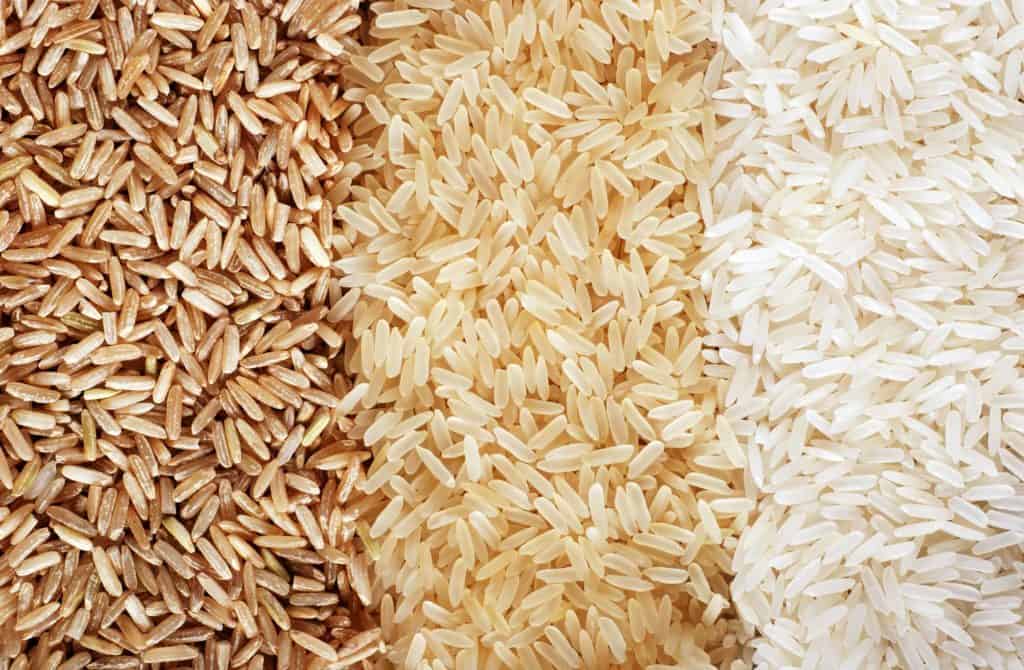The Recent Update On The Allowed Limit Of Arsenic In Infant Rice An Overreach
Nikki Attkisson | Last Updated : October 2, 2021FDA recently issued its final ruling on the allowed limit of arsenic in infant serial. The announcement came on Wednesday where the agency limited the amount of arsenic in infant rice to 100 parts per billion. This applies to all types of infant rice; organic-conventionally produced, red and brown.
The move attracted mixed responses from consumer advocacy organizations. Numerous reports that analyzed the level of heavy materials in infant rice welcomed the limit.
The Recent Update On The Allowed Limit Of Arsenic In Infant Rice An Overreach, Observe Critics
But they wanted the FDA to be more stringent in the matter. It has the moral duty to minimize the number of heavy metals reaching into the digestive systems of infants, they said.

Parents can do a lot to minimize their children’s exposure to heavy metals from food. But they should feel that the Government gives utmost priority to the health issues of the general public.
FDA should ensure that the amount of heavy metals in infant serials is nominal.
Healthy Babies Bright Futures is an expansive collaboration of non-profit organizations and scientists. The joint venture aims to minimize infants’ exposure to harmful substances in food during the 1000 days of their growth. The group too observed that the move is not big enough. Determining an allowed limit of heavy metals in infant foods is laudable. Even then, 100ppb is too much for babies. There should not be any amount of heavy metals in foods meant for infants.
The Healthy Babies Bright Futures did a study in 2019. It tested 168 baby foods from reputed firms. 73% of them had arsenic. 95% had the lead. Cadmium was present in 75% among them. Mercury was there at 32%. One-fourth of all food items contained all the four generally used heavy metals.
The findings were in line with FDA’s previous study in the matter. It tested 39 varieties of infant foods. Its results too were almost the same.
According to The Healthy Babies Bright Futures, infant rice serials, delicacies, and other snacks made of rice were the most toxic among the ones available in the market.
The unfortunate situation is that these are the most popular foods for infants. Organic arsenic is the most toxic of all the four heavy metals. And these foods contain it in high quantities.
Even in small quantities, heavy metals have a negative impact on a child’s IQ. The situation gets worse with every meal or snack the child has.
What does arsenic do to you?
Arsenic is present everywhere; water, soil, and air. Its chemical (inorganic) form is the most dangerous. Experts link this substance with skin lesions, cancers, high blood sugar levels, and heart ailments. In excess, it even affects the brain development of an infant.
Rice is cultivated in water. And it absorbs inorganic arsenic in high amounts. Thus it contains this substance in the most concentrated form.
Brown and wild rice, according to FDA, are the main villains. In white rice, the outer layer gets removed when milling. The process reduces the amount of arsenic contained in it.
A shift to organic rice too fails to help. They too contain unsafe levels of arsenic. According to one study, a particular organic milk formula contained arsenic in levels six times more than the currently recommended limit.
Experts observe that infants are prone to the dangerous effects of arsenic. Their diets lack the variety required to eliminate harmful substances. But there is good news on the horizon. Current trends show that levels of arsenic are decreasing nowadays. Agencies recommend that manufacturers practice utmost caution when buying rice. See to it that it is low in arsenic. They also advise that parents should minimize the amount of rice in diets for infants.
With over 15 years as a practicing journalist, Nikki Attkisson found herself at Powdersville Post now after working at several other publications. She is an award-winning journalist with an entrepreneurial spirit and worked as a journalist covering technology, innovation, environmental issues, politics, health etc. Nikki Attkisson has also worked on product development, content strategy, and editorial management for numerous media companies. She began her career at local news stations and worked as a reporter in national newspapers.
